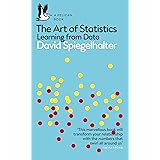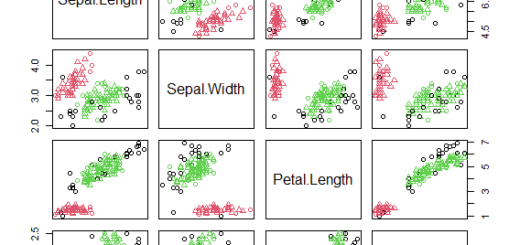Wide To Long Form data in R
Wide To Long Form data in R, To pivot a data frame from a wide to a long format, use the pivot longer() function from the tidyr package in R.
The following is the fundamental syntax for this function.
Random Forest Feature Selection » Boruta Algorithm » finnstats
library(tidyr)
df %>% pivot_longer(cols=c('var1', 'var2', ...),
names_to='col1_name',
values_to='col2_name')where:
cols: The names of the pivot columns names_to: The new character column's name values_to: The new values column's name is
Wide To Long Form data in R
Let’s create a wide data frame first,
df <- data.frame(team=c('Q1', 'Q2', 'Q3', 'Q4', 'Q5'),
kick=c(13, 18, 31, 32, 14),
pass=c(32, 22, 23, 34, 35))
dfteam kick pass 1 Q1 13 32 2 Q2 18 22 3 Q3 31 23 4 Q4 32 34 5 Q5 14 35
To pivot this data frame into a long format, we can use the pivot longer() function.
How to Calculate Cramer’s V in R » finnstats
library(tidyr)
the data frame is pivoted into a long format
df %>% pivot_longer(cols=c('kick', 'pass'),
names_to='kick',
values_to='points')team kick points 1 Q1 kick 13 2 Q1 pass 32 3 Q2 kick 18 4 Q2 pass 22 5 Q3 kick 31 6 Q3 pass 23 7 Q4 kick 32 8 Q4 pass 34 9 Q5 kick 14 10 Q5 pass 35
The values from these original columns are now placed in a single new column named “points,” and the column names kick and pass are now utilized as values in a new column called “kick.”
How to Split data into train and test in R » finnstats
A lengthy data frame is the end result. For more information, you can find it here.





